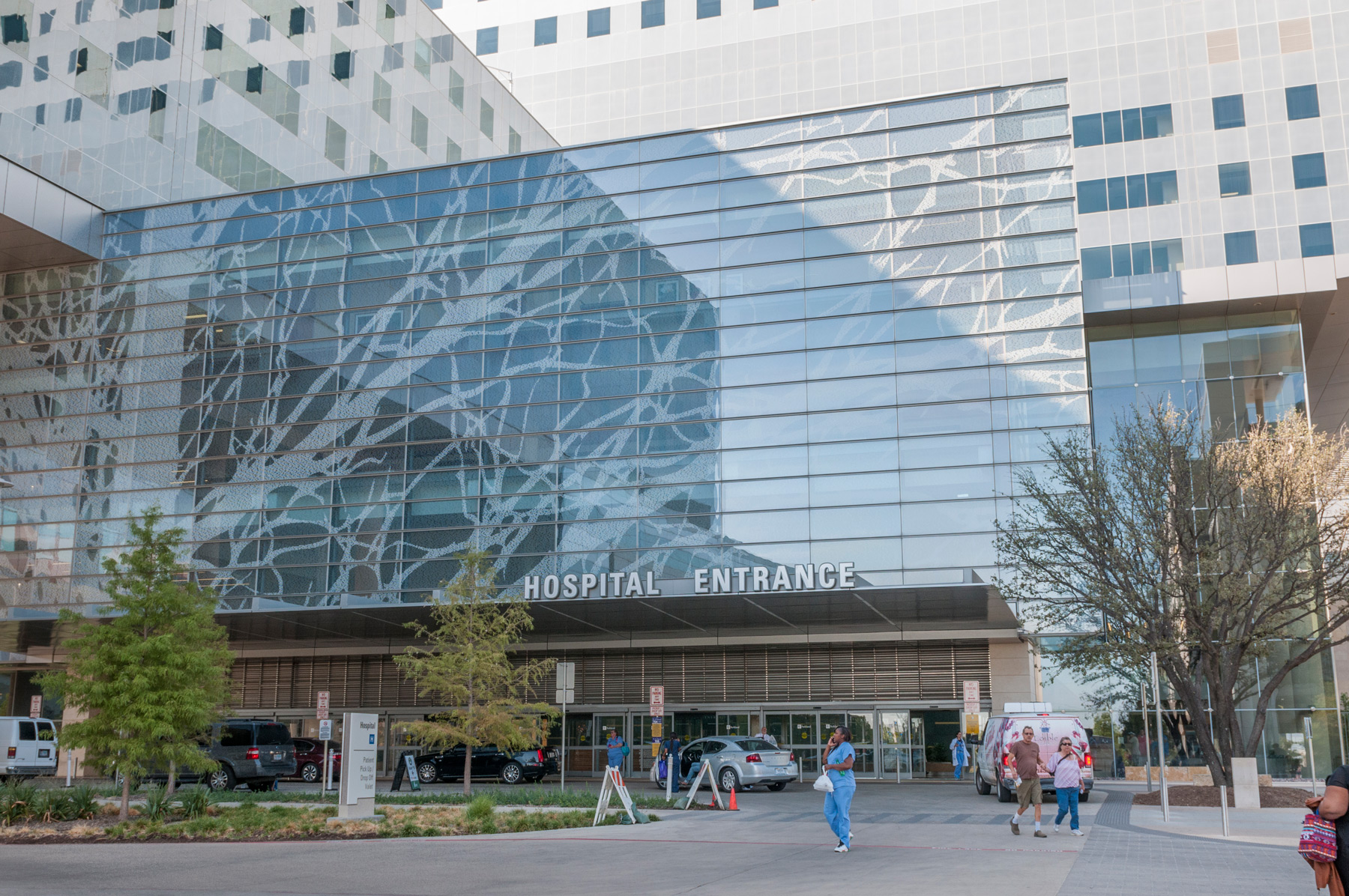We’ve written in this space in the past about how poor Dallas’ uninsured rate is, a fact that will eventually trickle down to the taxpayers who have to foot the bill for all the services being provided at Parkland. Some quick numbers: 27 percent of Dallas residents are uninsured; that’s the worst in the nation among cities with a population of over 300,000. Too, 14.3 percent of children are uninsured. Nationally, that’s at 5.7 percent.
This, of course, disproportionately affects the poor and working poor. And the state’s stubborn decision to refuse to expand Medicaid under the Affordable Care Act meant that about a million Texans just outright didn’t qualify for Medicaid. Families making between $4,698 and $26,344 do not qualify for the program. In 2016, Texas hospitals provided $6.8 billion in uncompensated care.
This information comes from Will Maddox, D CEO’s healthcare editor, who had an interesting story earlier this month about a program that could help improve these dismal numbers. It came, from all places, blood-red Indiana, when Mike Pence was governor. Here’s Will:
The coverage expansion would be funded by increasing existing hospital and cigarette taxes and did not include a general sales tax hike. It required accountability by incentivizing low income families and earners to contribute a small amount to an account that added benefits. Lastly, the providers agreed to be paid Medicare rates, which are usually lower than commercial insurance rates but higher than Medicaid rates, which was a key negotiating point. In Texas, less than 25 percent of physicians accept Medicaid.
If Indianans contributed to their account, they received comprehensive benefits that included vision, dental, and chiropractic care in addition to medical. It required no copayments, and was available to anyone up to 138 percent of the federal poverty line. Residents who made less than 100 percent of the poverty line did not have to contribute to their accounts to receive coverage, though if they did not contribute there were copays and the plan did not include dental, vision, and chiropractic care.
The contributions to the account, which were similar to a health savings account, ranged from $25 a month for someone who made between 100 and 138 percent of poverty to $3 a month for someone who made less than 22 percent of the poverty line. The plan also included a work requirement, which was not limited to employment, but included other productive activities. The plan allowed employers and charitable foundations to contribute to the power account as well.
It’s a problem worth remembering, one of which many of us overlook because of our insurance cards.






